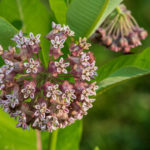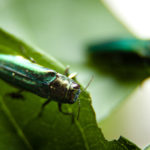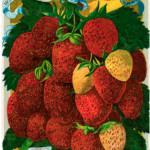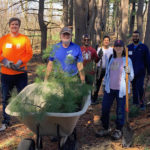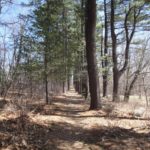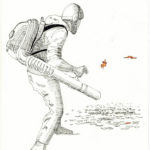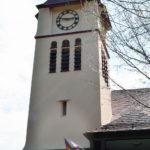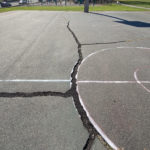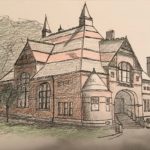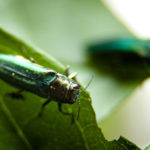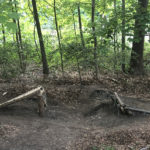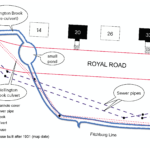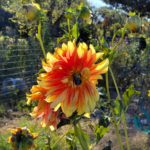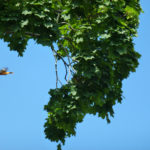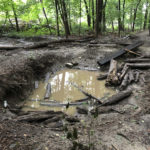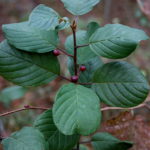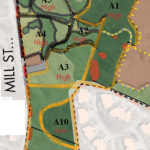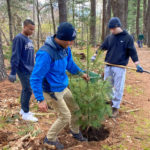
Read the May/June 2022 Newsletter now. In this issue: Belmont Needs More Affordable Housing The Boston area’s burgeoning life sciences industry alone is projected to create up to 40,000 new jobs by 2024, but our region’s economic engine is hampered by a lack of housing near jobs—and Belmont’s limited housing supply is part of that problem. Read more. Lone Tree Hill Volunteers Clean, Weed, Plant At the Pine Allee, volunteers planted 46 white pine saplings of which 40 saplings were store bought and 6 were transplants from Lone Tree Hill. Read more. Belmont’s Watersheds Cross Many Boundaries Here in Belmont, [READ MORE]


